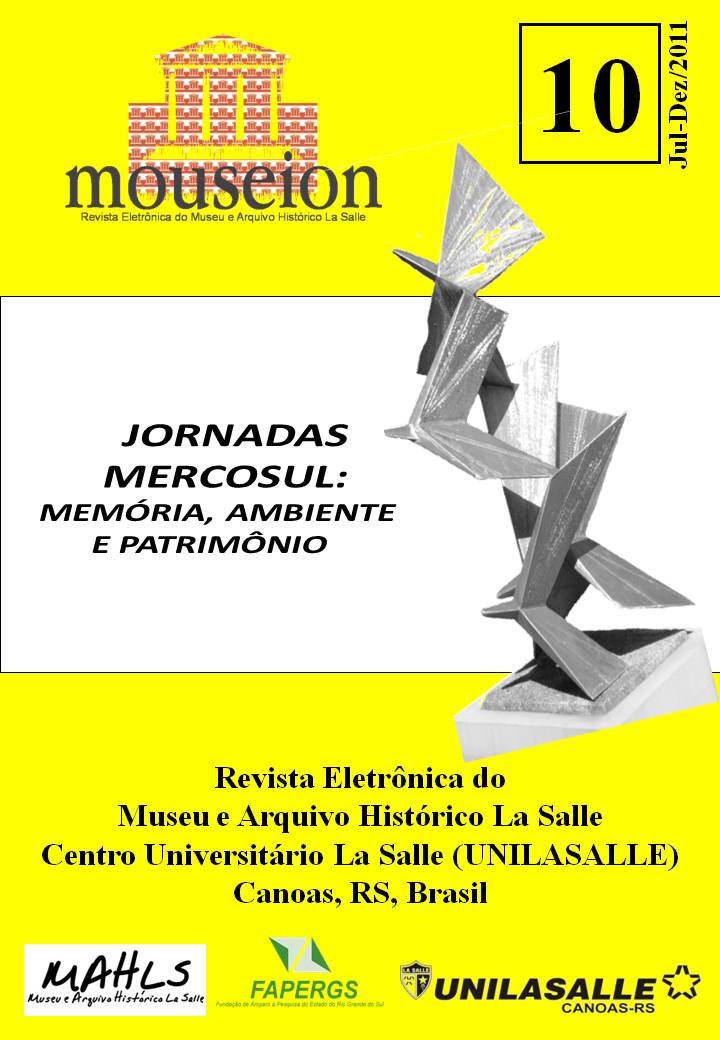The use of contingent valuation method on a basket of cultural goods in the city of Canoas, Rio Grande do Sul
DOI:
https://doi.org/10.18316/238Keywords:
Economy of Culture, Brazil, Canoas, Method of ContingentAbstract
Basing on the concepts of economic theory, based on the contingent valuation method, this article presents the results of a research project on the evaluation and quantification of how 237 economic agents – the public audience – give or are willing to pay for cultural goods, public or quasi-public. The method is used to direct consumers to search and or users, to assemble a range of monetary values ($) to quantify the importance and value that they are willing to pay. It was concluded that canoenses require a basket of cultural concentrated primarily in a few cultural assets, especially in other outlets such as bars and nightclubs, Internet, cable TV, books, textbooks and movies. However they are willing to increase demand for goods only at lower prices as other outlets, Internet, books, and others besides demonstrating that the willingness to pay increases until a certain income, which corroborates the statement of economic theory that from certain level of consumption the individual is satisfied and reduces their marginal utility in the purchase.
Downloads
Issue
Section
License
Authors must submit their manuscripts to be published in this journal agree with the following terms:
Authors maintain the copy rights and concede to the journal the right of first publication, with the paper simultaneously licensed under the License Creative Commons attribution that permits the sharing of the paper with recognition of authorship and initial publication in this journal.
Since the articles are presented in this journal of public access, they are of free use, with their own attributions for educational and non-commercial purposes.


